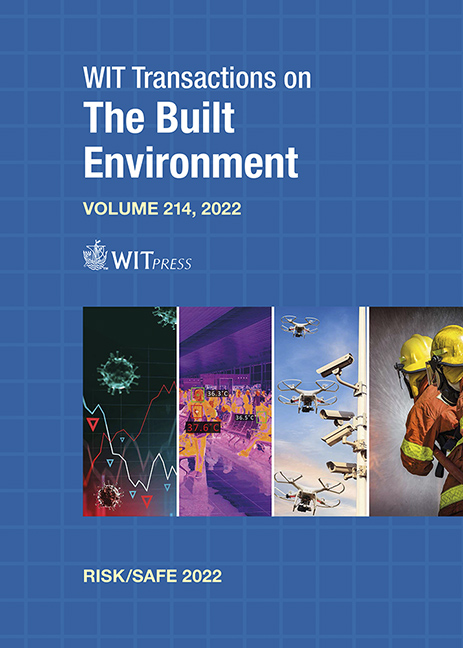MANAGING HOMELESS PATIENT RISK IN A U.S. HEALTHCARE SYSTEM
Price
Free (open access)
Transaction
Volume
214
Pages
5
Page Range
51 - 55
Published
2022
Paper DOI
10.2495/SSR220041
Copyright
Author(s)
ERIC S. KYPER, MICHAEL J. DOUGLAS, LUKAS S. LEES
Abstract
Homeless patients are typically treated in emergency departments (EDs). EDs have the capability of treating a large variety of issues. Financial, staffing, and physical resources are often strained. ED visits for access to free food and hygiene facilities are common. Other times the ED is used to escape bad weather conditions. These visits strain the waiting room, use valuable staff resources to resolve noncritical care issues, and ultimately cost the hospital out-of-pocket money because the hospital receives no revenue. To improve ED performance, we studied a patient re-routing system for the homeless that better places these patients into hospital owned services that are separate from the ED. For example, transportation to a free health clinic (not walk-in) with an assigned primary care physician improves patient health for issues like diabetes. The hospital also owns a pharmacy clinic that now works closely with the free health clinic to provide medications and instructions for homeless patients. The program has been successful in reducing ED costs and hospital admissions for acute homeless patients.
Keywords
homeless, emergency department, risk management, overcrowding, re-routing, free clinic




